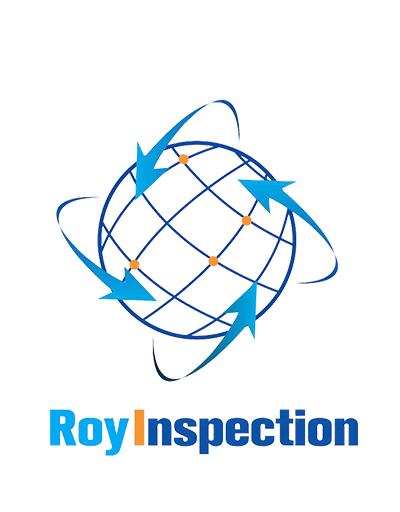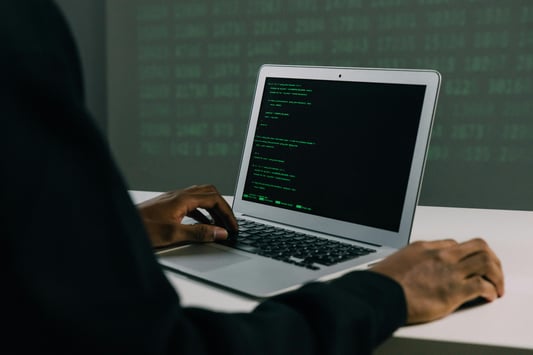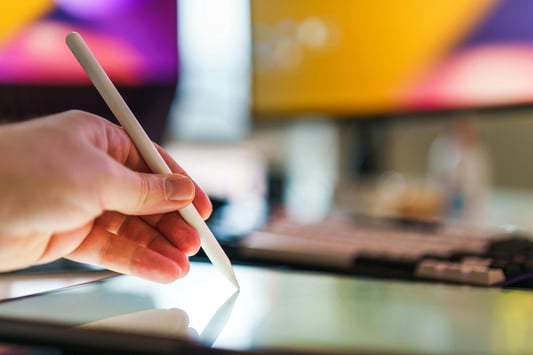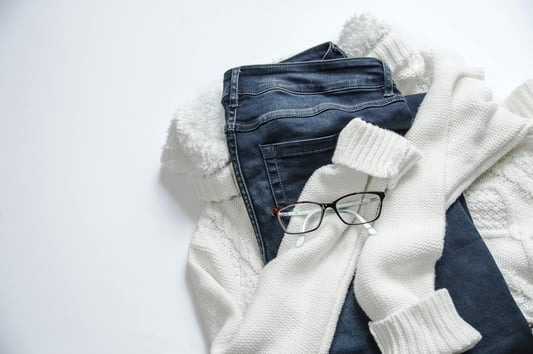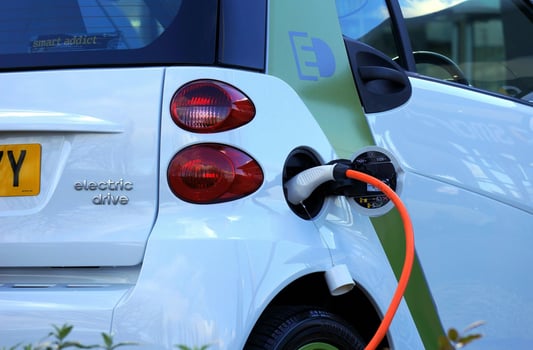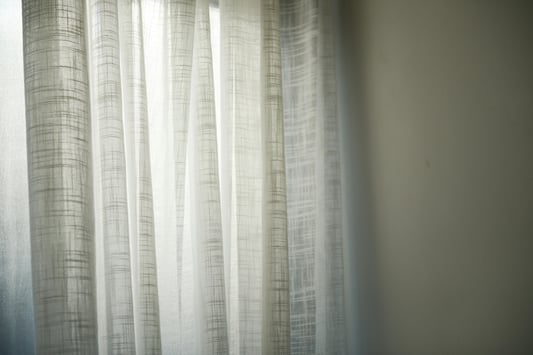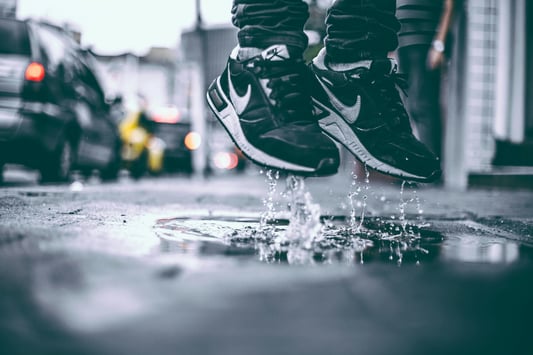Why Regular Inspection of Electronic Air Cleaner Is a Must?Electronic air cleaners are designed to help improve indoor air quality by trapping pollutants such as dust, pollen, and smoke. These devices are commonly found in residential and commercial buildings, HVAC systems, and even cars. While electronic air cleaners don't require frequent maintenance like traditional filters, regular inspection is a must to ensure their optimal performance and longevity.1. Better Air Quality Means Better HealthClean indoor air is essential for a healthy living environment. Electronic air cleaners can help reduce the levels of airborne particulates, which can be especially beneficial for people with allergies, asthma, or other respiratory conditions. However, a dirty or malfunctioning electronic air cleaner can do more harm than good, as it may circulate pollutants back into the air or even produce harmful byproducts.2. Energy Savings and EfficiencyA properly functioning electronic air cleaner can help reduce the load on your HVAC system, which translates into energy savings and improved efficiency. However, if the electronic air cleaner is clogged or dirty, it may not work as effectively, resulting in higher energy consumption and increased wear and tear on your HVAC system.3. Avoid Costly Repairs and ReplacementsRegular inspection of your electronic air cleaner can help you detect and address any issues before they lead to more serious problems. A minor repair or cleaning may be all that's needed to restore your electronic air cleaner to optimal performance, whereas neglected maintenance can result in costly repairs or even replacement.4. Prolong the Life of Your Electronic Air Cleaner Like any other device, electronic air cleaners have a limited lifespan. However, regular inspection and maintenance can help prolong their longevity and ensure that they continue to operate effectively for years to come. A well-maintained electronic air cleaner may last for 10 years or more, whereas neglect can shorten its lifespan significantly.5. Maintain Manufacturer's WarrantyIf your electronic air cleaner is still covered by a manufacturer's warranty, regular inspection and maintenance may be required to keep the warranty valid. Neglecting such requirements may void the warranty and leave you responsible for any repairs or replacements.6. Identify Other Issues Affecting Indoor Air QualityDuring an electronic air cleaner inspection, a trained technician can also identify other issues affecting your indoor air quality. For example, they may detect mold growth, poor ventilation, or high levels of pollutants that require further attention.7. Enhance Peace of MindKnowing that your electronic air cleaner is operating efficiently and effectively can give you peace of mind, especially if you or someone in your household has respiratory issues or other health concerns. Regular inspection and maintenance helps ensure that your indoor air quality remains at optimal levels.8. Compliance with Building Codes and StandardsDepending on your location or industry, there may be building codes and standards that require regular inspection and maintenance of electronic air cleaners. Failing to comply with such regulations may result in fines, legal issues, or even the closure of your business.9. Expert Evaluation and AdviceElectronic air cleaner inspections are typically conducted by trained and certified technicians who have the expertise and knowledge to evaluate and diagnose any issues with the device. They can provide you with valuable advice on how to properly care for and maintain your electronic air cleaner, such as how often to clean it or when to replace it.10. Create a Customized Maintenance PlanBased on their evaluation, the technician can create a customized maintenance plan that meets your needs and budget. This may include regular inspections, cleanings, or replacements at specific intervals. By having a maintenance plan in place, you can ensure the optimal performance and longevity of your electronic air cleaner.Quote InquiryContact us!
